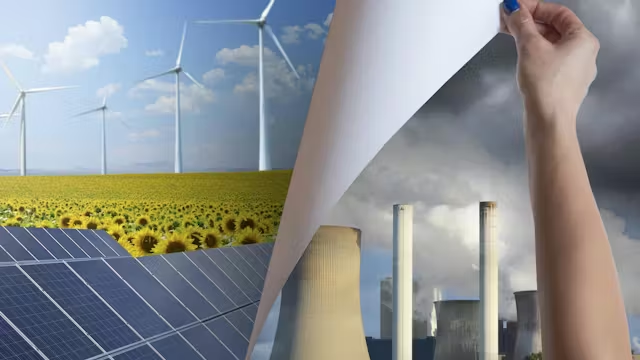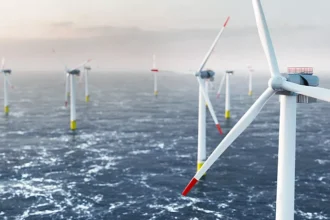Global investment in renewable energy has surpassed fossil fuels for the first time, signaling a permanent shift in how the world powers its economy.
A Historic Turning Point
According to the International Energy Agency (IEA), renewable energy capacity expanded by over 510 gigawatts in 2024, outpacing all previous records. Solar and wind power now account for more than 40% of new electricity generation worldwide. This milestone marks a decisive shift in the global energy landscape—away from fossil dependence and toward sustainability-driven growth.
Investment Flows Follow the Green Wave
Clean energy investment exceeded $2 trillion globally, with governments and private institutions prioritizing long-term energy security. The U.S., China, and the EU lead the race, but emerging economies are also scaling up renewables to reduce import dependence. Meanwhile, oil and gas giants are diversifying portfolios with major clean-tech acquisitions, signaling that the transition is no longer optional—it’s strategic.
Critical Minerals and the New Resource Economy
The demand for lithium, nickel, and rare earth elements continues to surge, driven by electric vehicles and energy storage systems. This has sparked a new geopolitical competition over supply chains. Nations rich in these minerals are gaining influence, prompting global efforts to develop sustainable mining and recycling technologies.
Conclusion: The Path to a Net-Zero Future
The world’s energy transition is no longer a debate—it’s an economic reality. The next challenge is building resilient infrastructure and storage capacity to sustain renewable dominance. The winners of this transformation will be those who innovate, adapt, and collaborate toward a truly carbon-neutral global economy.














